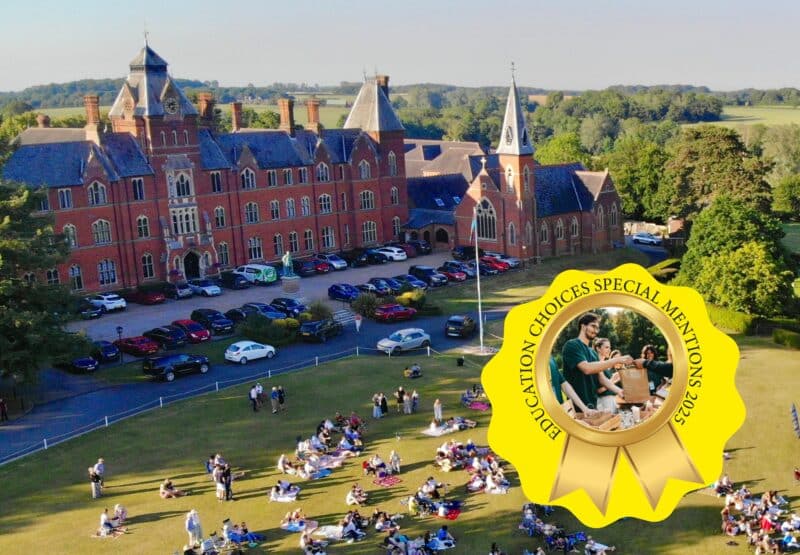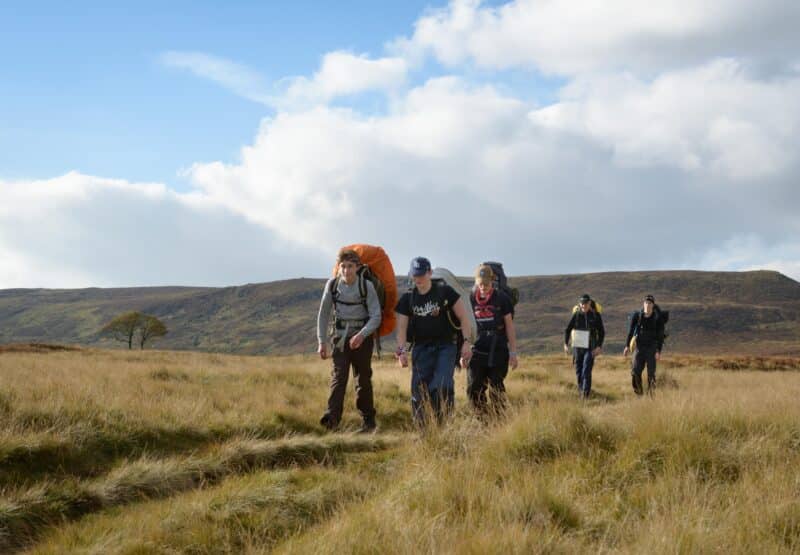Over the last week Year 9 and 10 geographers have carried out separate fieldwork investigations in contrasting coastal areas.
Year 10 visited Southwold as part of their GCSE investigating whether the coastline is managed sustainably. The day started at Easton Bavents, a fast eroding coastline with no defences in place that provides some of the material for the beaches further South at Southwold. We then studied the coast directly in front of Southwold before visiting The Denes to the South. Students carried out varying data collection methods throughout the day such as beach profiles, environmental quality assessments and an erosion cost index and have been able to analyse their data back in the classroom to come up with justified conclusions.
Year 9 on the other hand visited Great Yarmouth to look for signs of decline or rejuvenation of the tourism industry. One data collection method they carried out was called “re-photography”. This involves using old photographs and trying to find the exact location the photo was taken from to take a new photo today and annotate the changes that have occurred. This was easier said than done and the results were very interesting; old theatres had been turned into nightclubs, indoor crazy golf and some were simply abandoned and derelict. There were some signs of regeneration in Great Yarmouth such as the new Wellington pier, waterways project and several large offshore wind farms that are bringing investment into the area but students have ultimately decided that more needs to be done to bring Great Yarmouth back to its former glory.
Year 11 fieldwork trip to Ipswich takes place in the first week back after our 6th form Iceland trip during half term! To keep up to date with the Geography department follow us @framgeog on Twitter.









